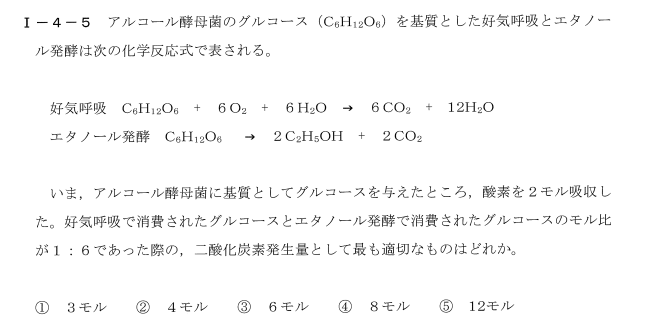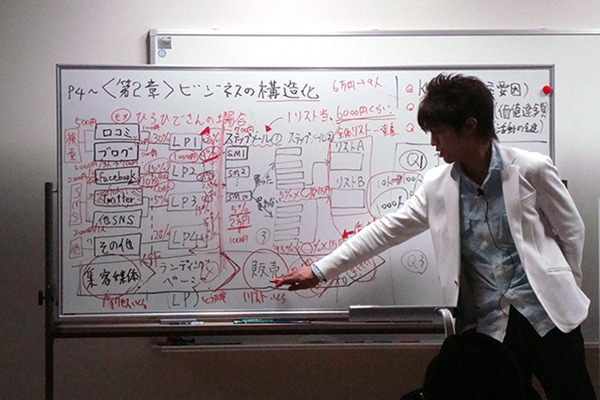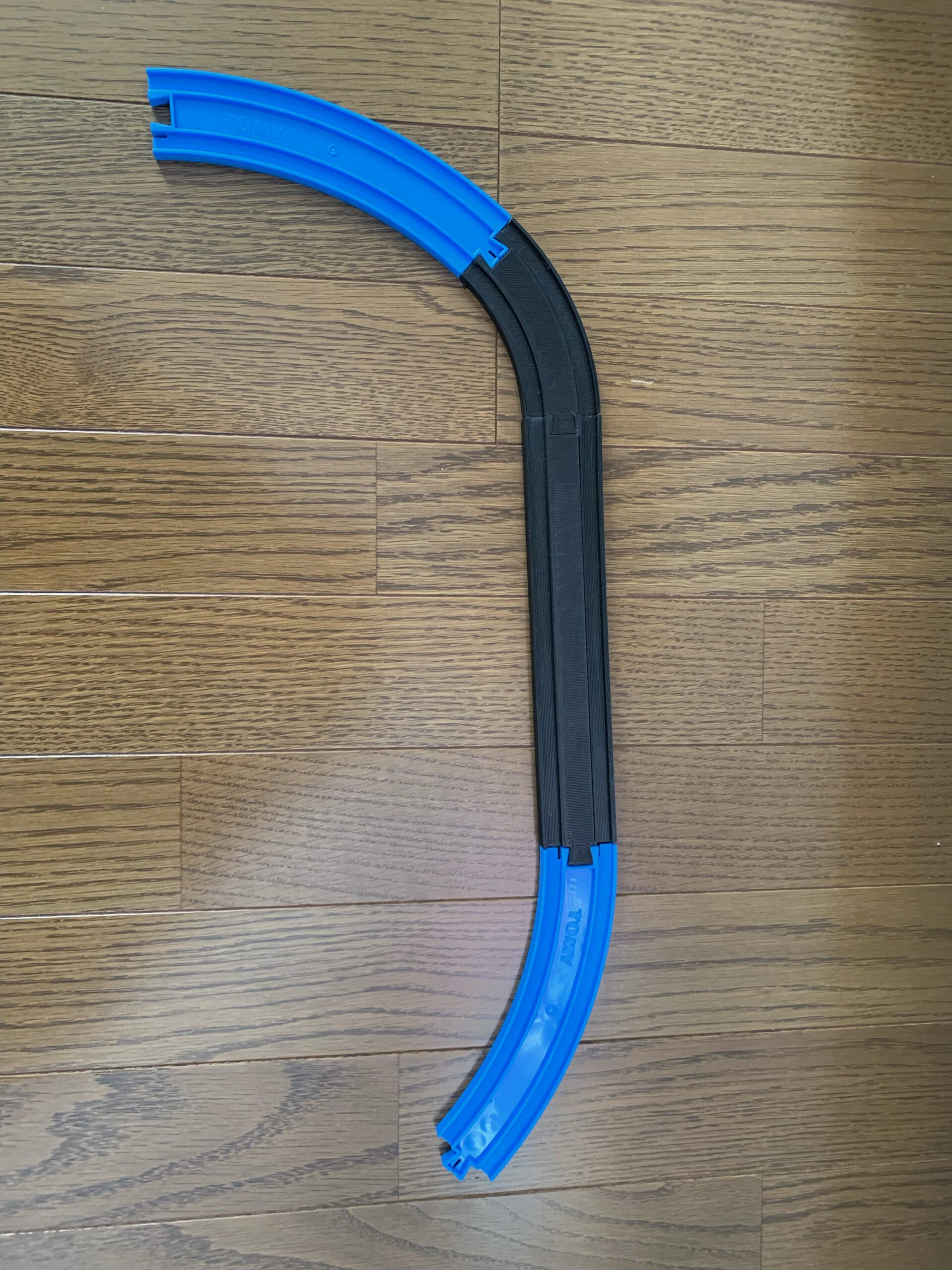翻訳
a tiny interesting device called an mcb
protects you and your house from
electrical mishaps this breaker saves
you from two situations
first short circuit and second overload
conditions
in a short circuit scenario the mcb
trips in less than three milliseconds
and isolates the internal connections
let's see how this smart device detects
current chaos so quickly and precisely
a simple device called a fuse which has
a low melting point wire
was used for home protection in earlier
days
in both the fault conditions mentioned
previously the current spikes up
resulting in overheating and fusing the
wire or
breaking the circuit however every time
the fuse would blow
you had to manually replace it until you
could do that
good luck with the blackout this
commonly occurring situation is why
circuit breakers were invented
the circuit breaker is an automatic on
off mechanism
that keeps one side of the wire moving
and the other fixed
during an electric fault if the circuit
opens wide we are done with the mcb
design
after the fault ends simply manually
turn it on
before getting more into the mcb design
a small note about the current direction
an mcb gets activated in less than three
milliseconds
which is way lower than the half cycle
time period of an alternating current
so it is okay to show the current flow
in a single direction
throughout the analysis
now the question is how does this system
recognize the occurrence of an electric
fault
the answer is that it has sensing
elements which activates a triggering
mechanism
let's first see how we can design a
super quick triggering mechanism which
opens wide
a clever mechanism to achieve this
objective is shown here
this mechanism has a lever to which a
rectangular ring is connected
as shown the rectangular ring is
connected by two springs and a central
lever
in this position both the springs are in
a neutral state
when the lever moves up the bottom
spring compresses and the top spring
expands
the forces of both these springs are
eventually transferred to the lever
via the rectangular ring and this force
will be in the upper direction
as you can see the rectangular ring is
initially at a negative offset to the
center of the lever
the torque produced by the force acting
on the rectangular ring
will be in the clockwise direction if
you release the lever in this position
this clockwise torque will bring the
lever back to its initial position
however if you push the lever farther up
you notice anything peculiar about the
offset distance
it suddenly becomes positive which means
that after a critical limit
the torque will act on it in a
counterclockwise direction
when the mcb is on this will be the
position of the lever
the structure of the mcb will block the
lever from rotating further
counterclockwise
now if an external trigger turns the
lever slightly
the torque on the lever suddenly becomes
clockwise and the circuit opens
wide quickly without the need of an
external force
here as the operator pushes the lever
down you can see in
ultra slow motion how the mechanism
operates in practice
after a small angle the lever generates
its own torque and then there is no need
to apply external force
now the only question is how can we
generate this small
input trigger or input motion when a
fault occurs
the best answer is with an electromagnet
this coil produces magnetic fields
proportional in nature to the current
passing through them
as the current increases the magnetic
field becomes stronger
throughout the video note that in the
case of a short circuit the current
rises up to a thousand times in
magnitude within milliseconds
this result generates a very strong
magnetic field
an iron cylinder and pin is placed
inside this electromagnet on a spring
slightly offset from its center
the strong magnetic field pulls the
cylinder downward
thus pushing the pin this tiny movement
of the pin
is the input trigger of the mechanism
and it leads to opening the circuit as
we discussed earlier
you might be wondering in normal current
flow why isn't this cylinder attracted
down
well the force in normal current flow is
not high enough to overcome spring
tension
whereas short circuit current can go up
to 10 to 100 times the normal current
the force is quite high so the circuit
trips
the danger of fault is not over yet
folks
as soon as the contacts are opened the
current doesn't just stop flowing
the fault current is of large value and
will lead to air discharge
or current will flow through the air it
is an amazing to watch and yet hazardous
arc
to extinguish the ark a component called
an arc runner or
arc chute is used the arc chute is an
arrangement of parallel plates arranged
at small intervals
as the contacts separate the heavy fault
current flowing as an arc
triggers a huge temperature rise that
can cause damage
therefore this arc should be killed
resistance increases with length and
decreases with area
here we need increased resistance of the
current which passes through air
which is why the distance between the
contact points is kept high
after the circuit opens since the air is
hot this arc will be pushed
up later the arc is divided into small
chunks
thus reducing its area with increased
resistance
the arc dies away at current zero
now let's see how the mcb prevents the
second type of fault
and overload condition an overload
happens if you find yourself using a
number of appliances at once
since all the appliances in our houses
are connected in parallel
such a scenario will lead to an increase
in current this is another dangerous
scenario which we need to prevent
the current flow during a short circuit
rises by 10 to 100 times the rated
current
but in overload it only rises two to
five times
you might think that use of a separate
electromagnet with lesser operating
rating may solve this issue
but it won't let's see why the problem
with this new coil for an overload
condition
is that it will get activated even if
you simply start another electrical
appliance
fluorescent tubes for example carry an
in-rush current
during startup that maintains for about
10 milliseconds
and then goes back to normal therefore
using a lower rated electromagnet will
cause the breaker to trip
unnecessarily when you start electrical
appliances
a perfect choice to solve the overload
condition is a bi-metallic strip
this sensor is a bit slower and offsets
inrush currents
as it stays around for only 10
milliseconds however
it trips the ncb when the overload
current maintains for two seconds or
more
in a bi-metallic strip as the current
rises heat causes the strip to bend
slowly this occurrence pushes a c-shaped
lever
and thus the main lever down and it
thereby
opens the contacts
the current value at which the
bi-metallic strip should operate
can be varied with this screw which is
only adjusted by manufacturers
we hope you have now developed a good
understanding of a miniature breaker
with this precisely designed device you
are safe from electrical disasters
apart from mcb we have other breaker
types designed for different types of
faults
rcd elcb and mccb
don't forget to support us thank you
MCBという小さな面白いデバイスが
電気事故からあなたとあなたの家を守ります。
このブレーカーは
2つの状況からあなたを救います。
1つ目はショート、2つ目はオーバーロード
状態
短絡の場合、MCBは
3ミリ秒以下で動作し
内部接続を遮断します
このスマートデバイスがどのようにして
電流の乱れを素早く正確に検知するスマートデバイス
ヒューズと呼ばれるシンプルなデバイスは
低融点線を用いた
昔は家を守るために使われていました。
昔は
前述のいずれの故障状態でも
電流が急上昇して
電流が急増して過熱し、線材や機器が溶断します。
配線が溶断したり
回路を遮断しますが、その度に
ヒューズが切れるたびに
手作業でヒューズを交換していましたが
できるようになるまで手動で交換しなければなりませんでした。
頑張って停電してください。
このようなことが起こるからこそ
サーキット・ブレーカーが発明されたのは
サーキットブレーカーは、自動的にオン
オフ機構
電線の片側を動かし、もう片側を固定する
もう一方を固定しておくものです。
電気的な障害が発生したときに、回路が大きく開いてしまうと
回路が大きく開いてしまうと、私たちはMCBの設計を終了します。
設計
故障が終わったら、手動で
スイッチを入れる
MCBの設計に入る前に
現在の方向性についてのちょっとしたメモ
CCBは3ミリ秒以下で起動する
ミリ秒
これは交流電流の半周期よりも
交流電流の半周期よりもはるかに短い
そのため、電流の流れを一方向に表示しても
一方向に流れる電流を
解析全体を通して
さて、問題はこのシステムがどのようにして
問題は、このシステムがどのようにして電気的障害の発生を
フォルト
答えは、このシステムには検知素子があり
検知素子があり、それがトリガー機構を作動させて
メカニズムです。
まず、どのようにして
どうすれば、超高速でトリガー機構を
大きく開く
この目的を達成するための巧妙なメカニズムを
ここでは
この機構は、レバーに長方形のリングが接続されています。
長方形のリングが接続されています。
図のように、長方形のリングは
つのバネと中央のレバーで
レバー
この位置では、両方のばねが
ニュートラルな状態です。
レバーを上に動かすと、下のバネが圧縮され
下のスプリングが圧縮され、上のスプリングが
拡大します。
この2つのバネの力は
レバーに伝わります。
長方形のリングを介してレバーに伝わり、この力は
は上向きになります。
ご覧のように、長方形のリングは
最初はレバーの中心に対して負のオフセットをしています。
レバーの中心に対して
長方形のリングに作用する力によって生じるトルクは
矩形リングに働く力によるトルクは
は時計回りの方向になります。
この状態でレバーを離すと
この時計回りのトルクで、レバーは
レバーは元の位置に戻ります。
しかし、レバーをもっと上に押してみると
このオフセット距離に何か違和感を感じませんか?
オフセット距離
急に正の値になったのです。
限界を超えると
限界を超えると、トルクは反時計回りに作用します。
反時計回りの方向に作用します。
MCBがオンのときは、この位置が
レバーの位置
MCBの構造上、レバーがそれ以上回転しないように
レバーがさらに反時計回りに回転することを
反時計回り
ここで、外部からのトリガーでレバーをわずかに回転させると
レバーを少し回すと
レバーにかかるトルクは突然
時計回りになり、回路が大きく開きます。
外力を必要とせず、すぐに大きく開きます。
外力がなくても
オペレーターがレバーを押し下げると
レバーを押し下げると、ウルトラスローモーションで
実際の動作を超スローモーションで
実際の動作
少しの角度でレバーが自力でトルクを発生し
レバーが自らトルクを発生させるため、外力を加える必要はありません。
外力を加える必要はありません。
あとは、この小さなトルクをいかにして
この小さな
問題は、障害が発生したときに、この小さな入力トリガーや入力動作を
故障が発生したとき
最良の答えは、電磁石です。
このコイルは磁界を発生させます。
電流に比例して磁界を発生させます。
磁界を発生させます。
電流が増加すると、磁界は
磁界が強くなります。
ビデオの中では、短絡の場合には
短絡の場合、電流は
短絡の場合、電流は数ミリ秒のうちに最大1000倍にまで
ミリ秒の間に1000倍にもなります。
この結果、非常に強い
磁界
この電磁石の中に、鉄の筒とピンが
この電磁石の中には、鉄の筒とピンがバネで
電磁石の中心から少しずれたところに
強烈な磁界によって、円柱は
円柱が下に引っ張られ
ピンを押します ピンのわずかな動きが
ピンの
このピンのわずかな動きがメカニズムの入力トリガーとなり
そして、それが回路を開くことにつながる。
先ほど説明したように
疑問に思うかもしれませんが、通常の電流が
通常の電流の流れでは、なぜこの円筒が引きつけられないのか
下に
通常の電流の流れでは、力は
バネの張力に打ち勝つほどの力はありません。
張力を超えることはできません。
一方、短絡電流は、通常の電流の10~100倍にもなる。
通常の電流の10倍から100倍にもなります。
力が非常に大きいため、回路は
落ちる
まだ故障の危険は去ったわけではありません。
人々
接点が開くと同時に、電流は
電流の流れが止まるだけではなく
故障電流は大きな値であり
空気の排出につながります。
あるいは電流が空気中を流れることになります。
見ていて驚くばかりですが、危険な
アーク
を消すには、アークランナーと呼ばれる部品を
アークランナーまたは
アークシュートと呼ばれる部品を使用します。
平行な板を小さな間隔で並べたもので
小さな間隔で配置されています。
接点が離れると、重い故障電流が
アークとして流れる電流が
大幅な温度上昇を引き起こして
破損の原因となります。
そのため、このアークを消滅させる必要があります。
抵抗は長さで増加し、面積で減少します。
面積が大きいほど小さくなる
ここでは、空気中を流れる電流の抵抗を増やす必要があります。
空気中を流れる電流の抵抗を増やす必要があります。
空気中を流れる電流の抵抗を大きくする必要があるため、接点間の
接点間の距離を高く保つ理由です。
回路が開いた後、空気が熱いので
空気が熱いので、このアークは押し上げられます。
後にアークは小さな塊に分かれて
チャンク
アークを小さな塊に分け、面積を小さくして
抵抗
アークは電流ゼロで消滅する
では、MCBがどのようにして第2のタイプの故障を防ぐのか見てみましょう。
第2のタイプの故障
と過負荷状態 過負荷
過負荷とは、一度に多くの家電製品を使用していると
過負荷とは、一度に多くの電化製品を
私たちの家では、すべての機器が並列に接続されているので
並列に接続されているため
並列に接続されているため、一度に多くの機器を使用すると、電流が増加します。
電流の増加につながります。
防止する必要があります。
短絡時に流れる電流は
定格電流の10倍から100倍に上昇します。
電流
定格電流の10~100倍になりますが、過負荷では2~5倍にしかなりません。
5倍にしかなりません。
と考えると、動作温度の低い電磁石を別に
この問題を解決するには、より低い動作定格の電磁石を
この問題を解決できると思うかもしれませんが
しかし、それでは解決しません。
この新しいコイルで、過負荷の
条件
過負荷用の新しいコイルの問題点は、たとえ
他の電気製品を起動しただけで
電気製品
例えば、蛍光灯には
突入電流
起動時に突入電流が発生し、その状態が約
10ミリ秒程度
突入電流は約10ミリ秒維持され、その後元に戻ります。
定格の低い電磁石を使用すると
ブレーカーが落ちる原因となります。
電化製品の起動時に不必要にブレーカーが落ちてしまいます。
家電製品
過負荷の状態を解決するための完璧な選択は
を解決するには、バイメタル・ストリップが最適です。
このセンサーは、やや低速で、突入電流を相殺します。
突入電流を相殺します。
10ミリ秒しか滞在しないため
ミリ秒しか滞在しないため、突入電流を相殺します。
過負荷電流が2秒以上継続するとNGBが作動します。
過負荷電流が2秒以上続くとNCBが作動します。
それ以上
バイメタルのストリップでは、電流が上昇すると
電流が上昇すると、熱でストリップが曲がります。
徐々に曲がっていき、C型のレバーを押して
レバー
が押され、メインレバーが下がります。
それによって
接点が開く
バイメタル・ストリップが動作するための電流値は
バイメタル・ストリップが動作する電流値
このネジを使って電流値を変えることができます。
メーカーでしか調整できません。
ミニチュア・ブレーカーについて理解していただけましたでしょうか。
ミニチュア・ブレーカーの理解が深まったことと思います。
この精密に設計されたデバイスを使用することで
電気災害から安全になる
MCB以外にも様々なタイプのブレーカーを
様々なタイプの故障に対応した
断層用
rcd elcb and mccb
応援よろしくお願いします。





